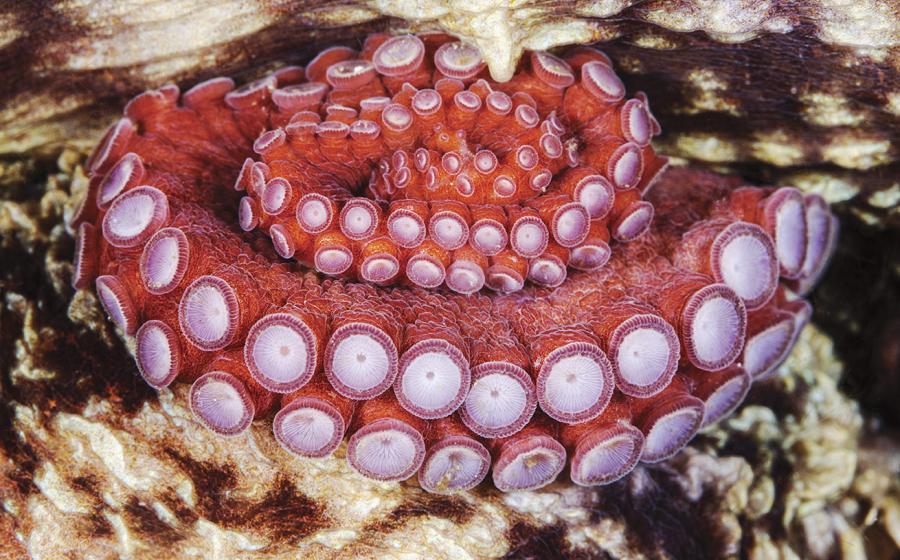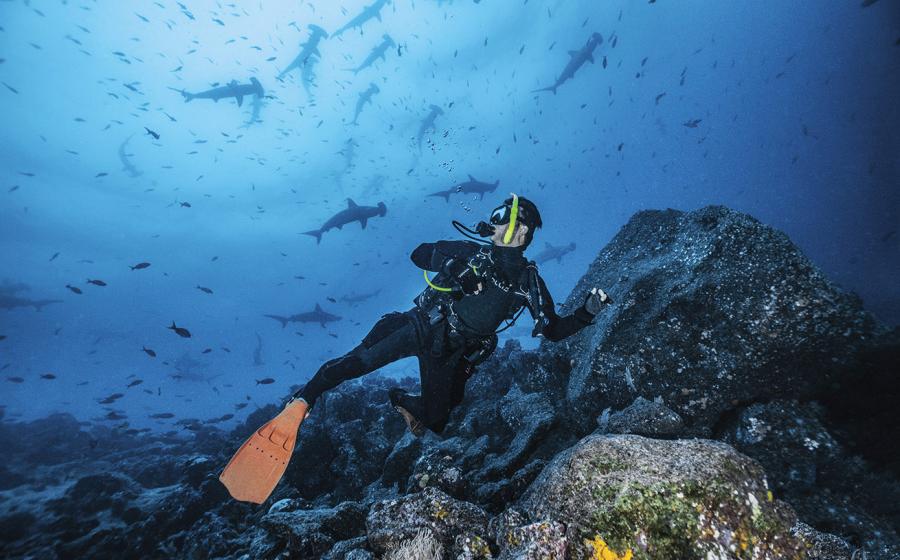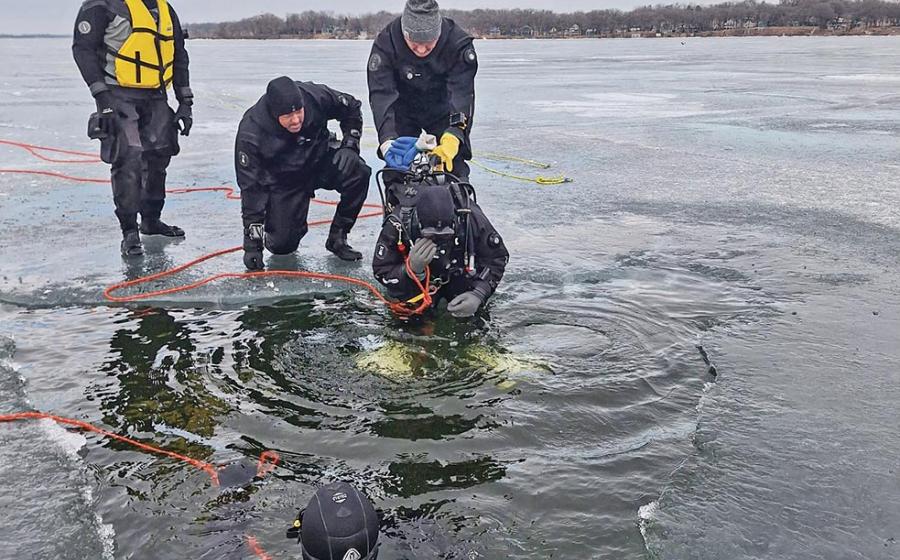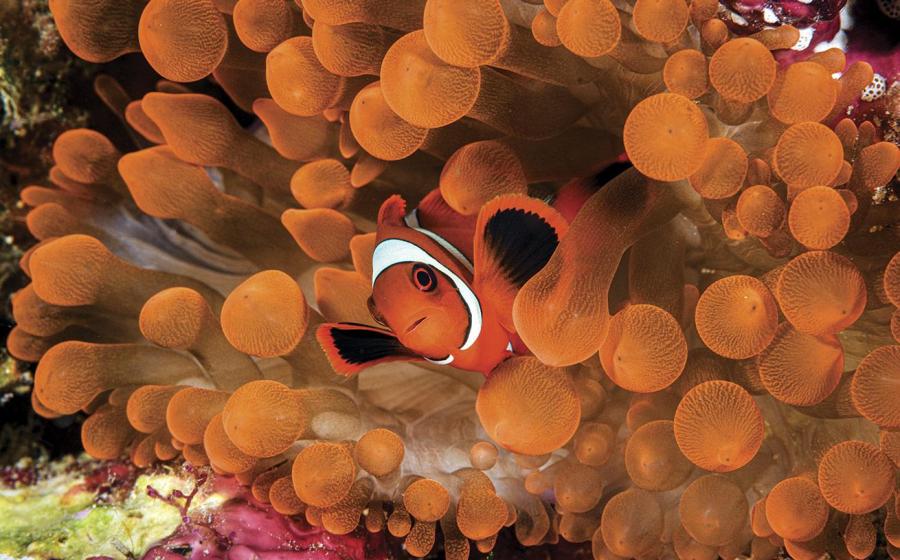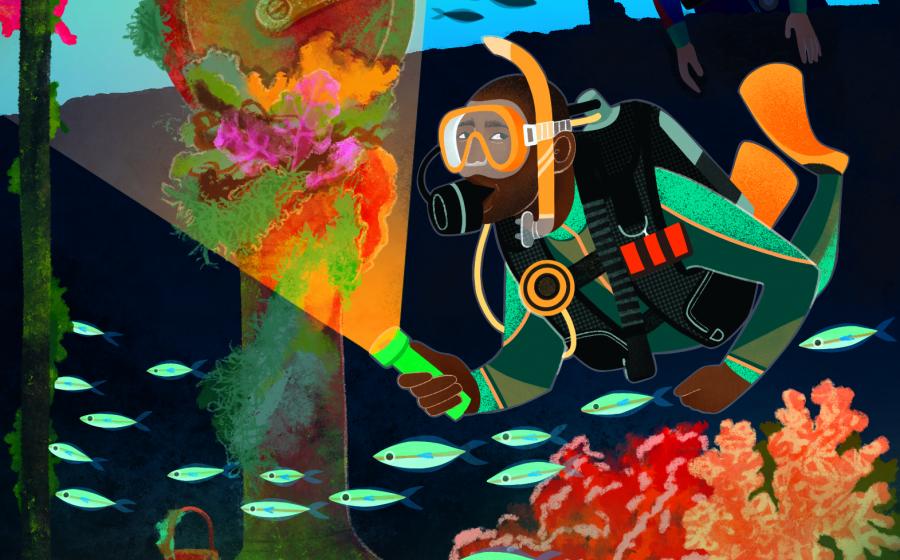15 Facts About Finding Nemo

ThinkstockLiving Color
These colorful fish can live for 6 to 10 year in their natural habitats.
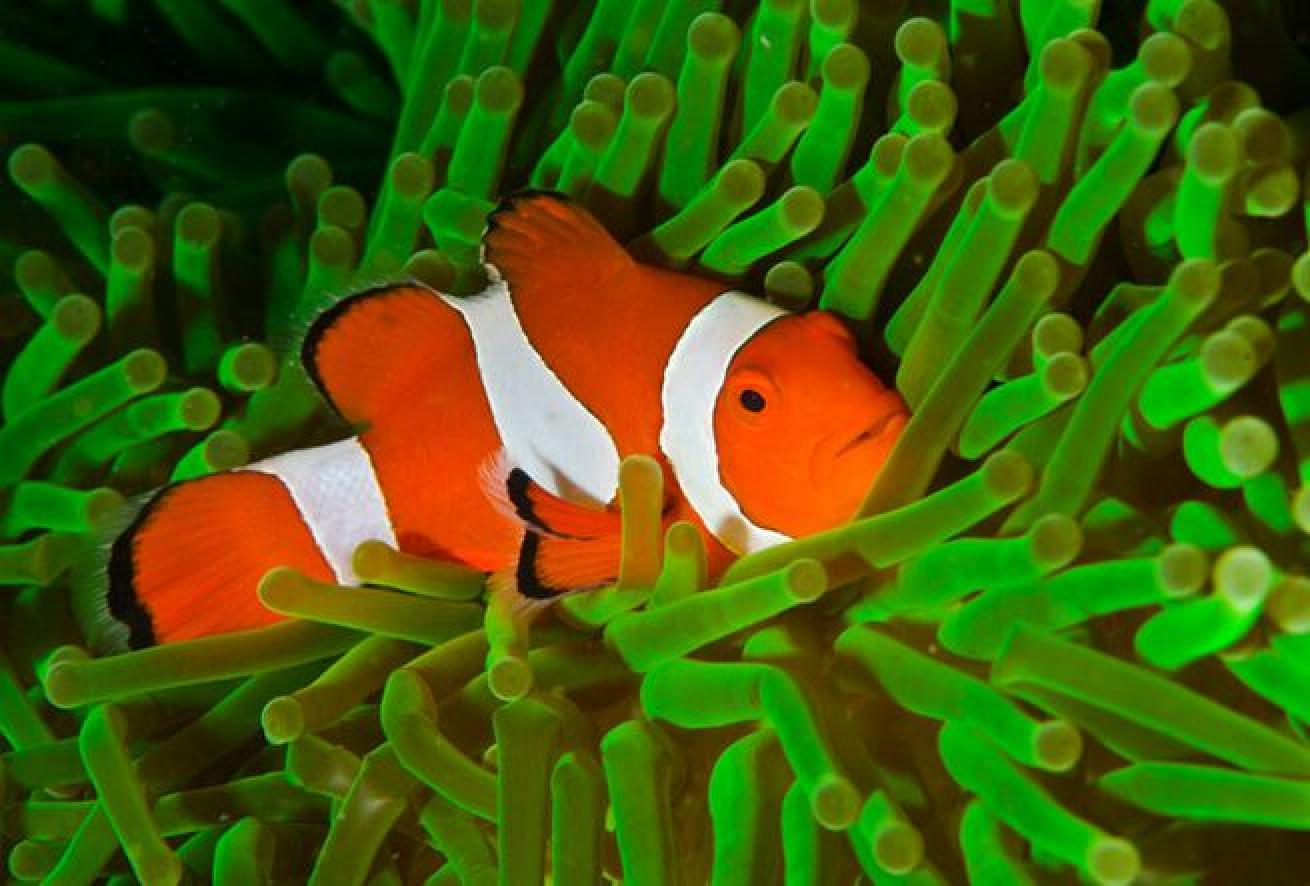
ThinkstockSizing up Nemo
These petite reef dwellers grow to 4.3 inches in length with a relative size of a teacup.
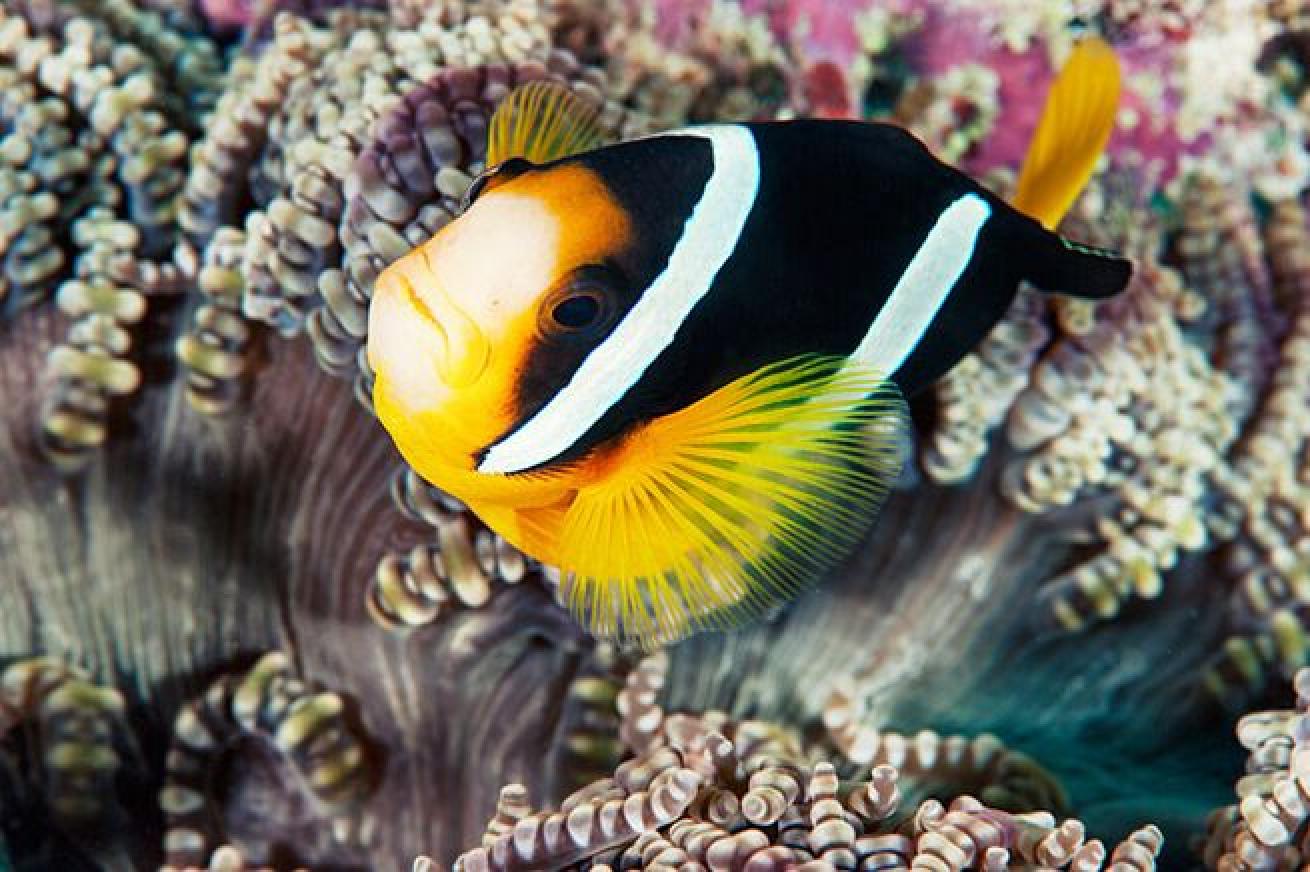
ThinkstockOrange is the New Black
An orange body with white stripes is a well-known pattern for anemonefish. However, colors and stripe placement varies across the 28 known species of anemonefish. The Clark’s anemonefish or yellow-fin clownfish has a black body, with yellow fins and two white stripes.
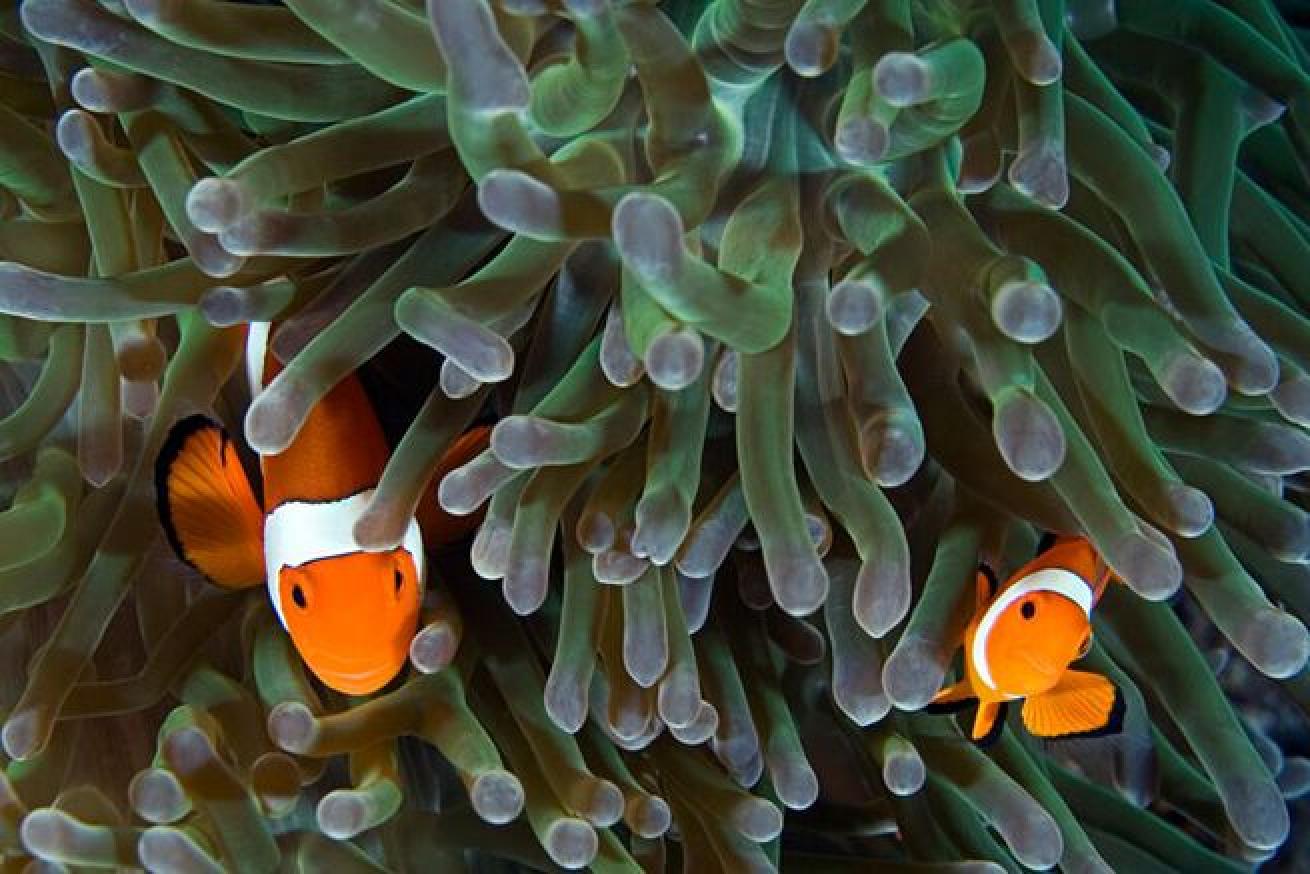
ThinkstockVery Funny
The name clownfish comes from the cheerful colors this species has as well as the little dance it does.
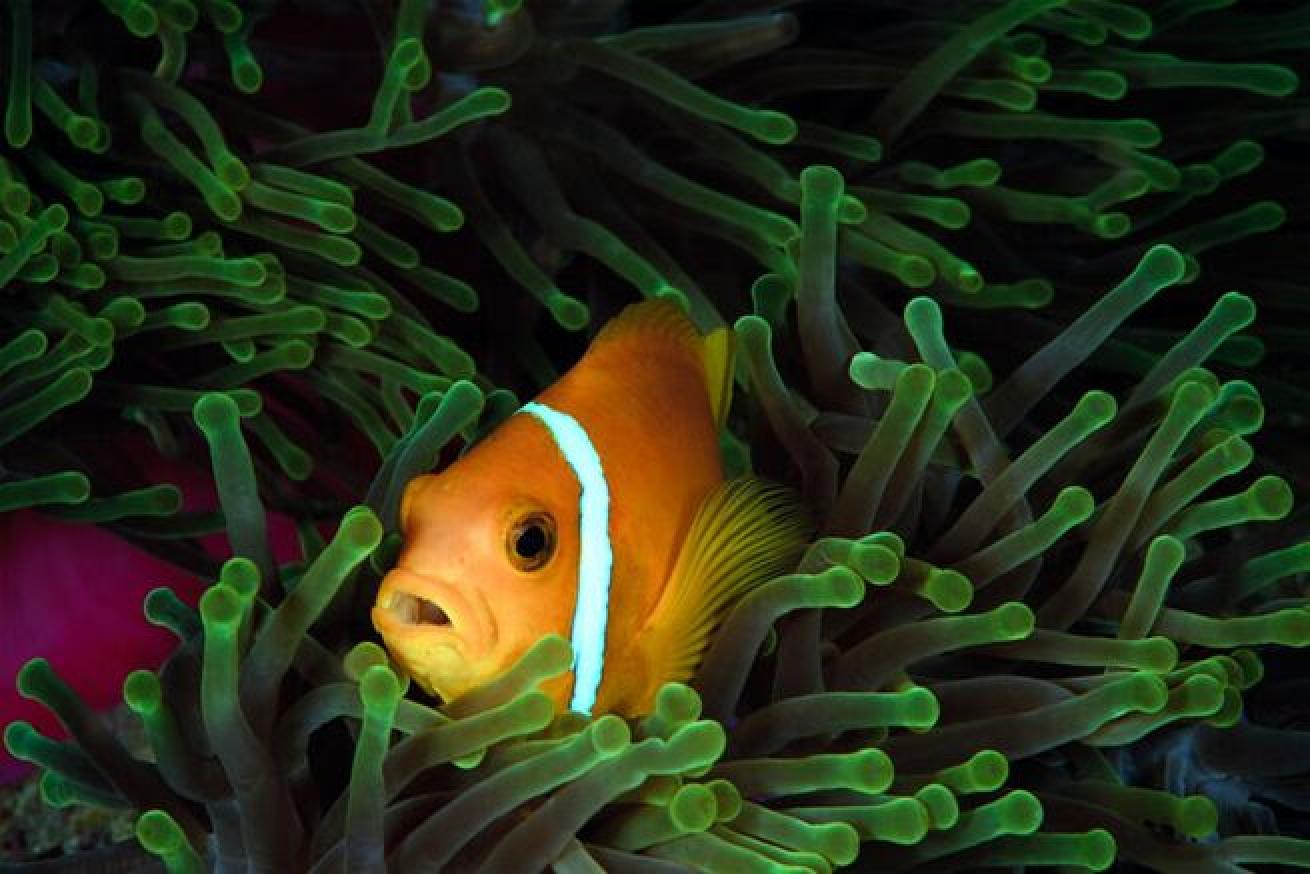
ThinkstockNo Joke
Despite the friendly name, clownfish are quite aggressive. These fish have been known to fiercely defend their territory.
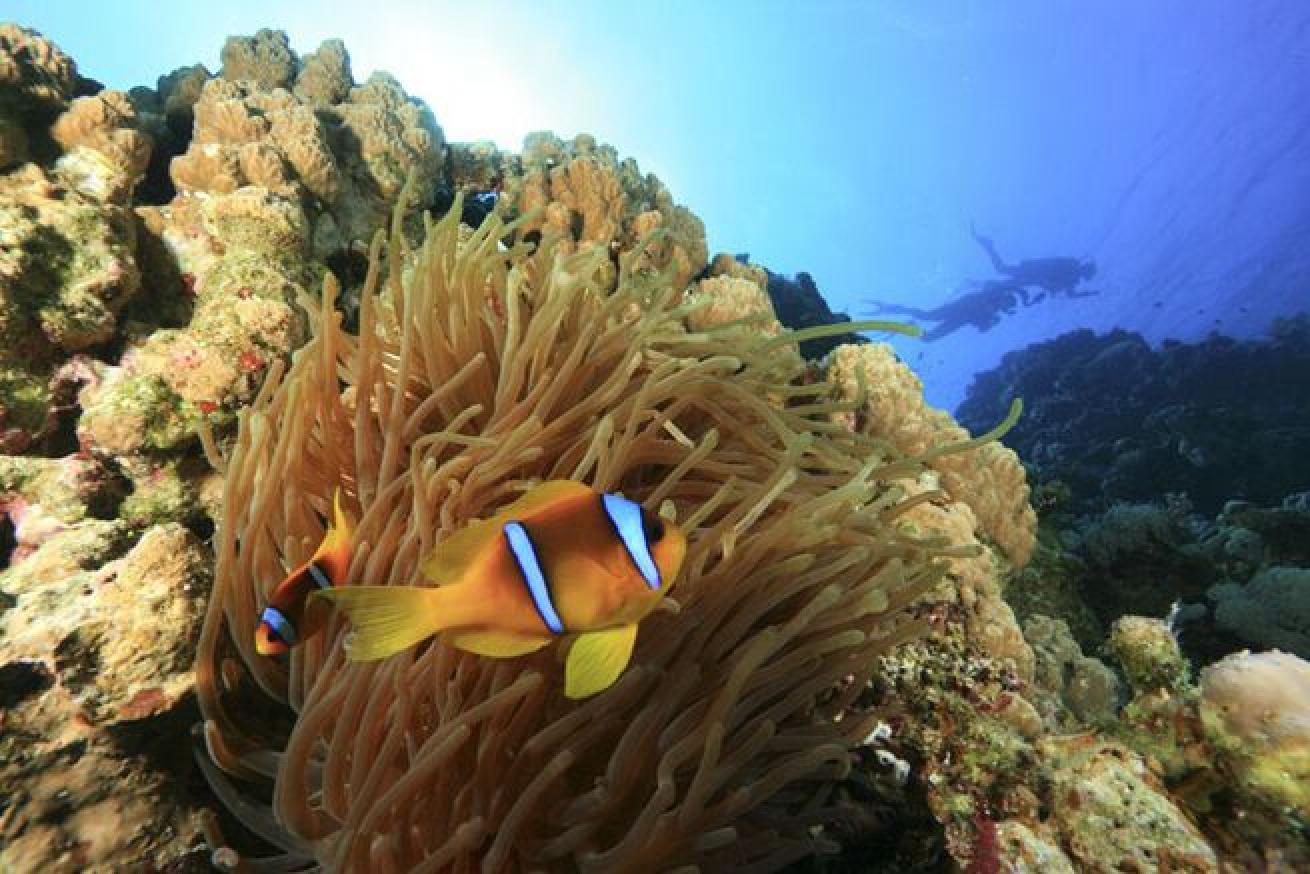
ThinkstockNemo Found
These tropical fish prefer warmer waters like those of the Indian Ocean and western Pacific, but you won’t find them in the Caribbean, Mediterranean or Atlantic Ocean.
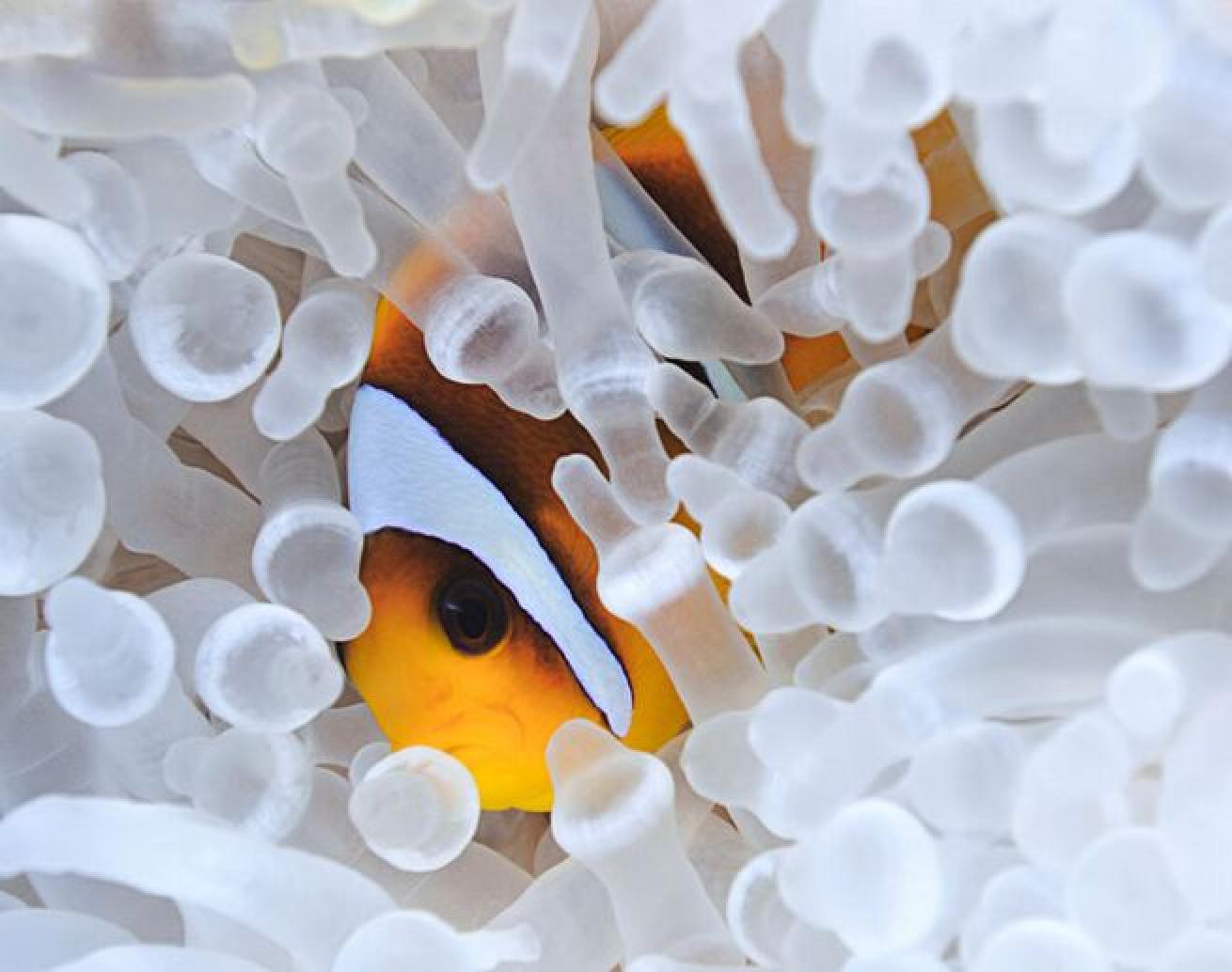
ThinkstockA-nem-o-ne
This symbiotic relationship with anemones gives them the name of anemonefish. Once they settle in anemonefish usually spend their entire lives in the same anemone.

ThinkstockClowning Around
Before entering an anemone, the clownfish puts on a dance. They brush against the tentacles in order to acclimate themselves with the anemone before they settle in. This is also where the fish builds up immunity to the poisonous tentacles.
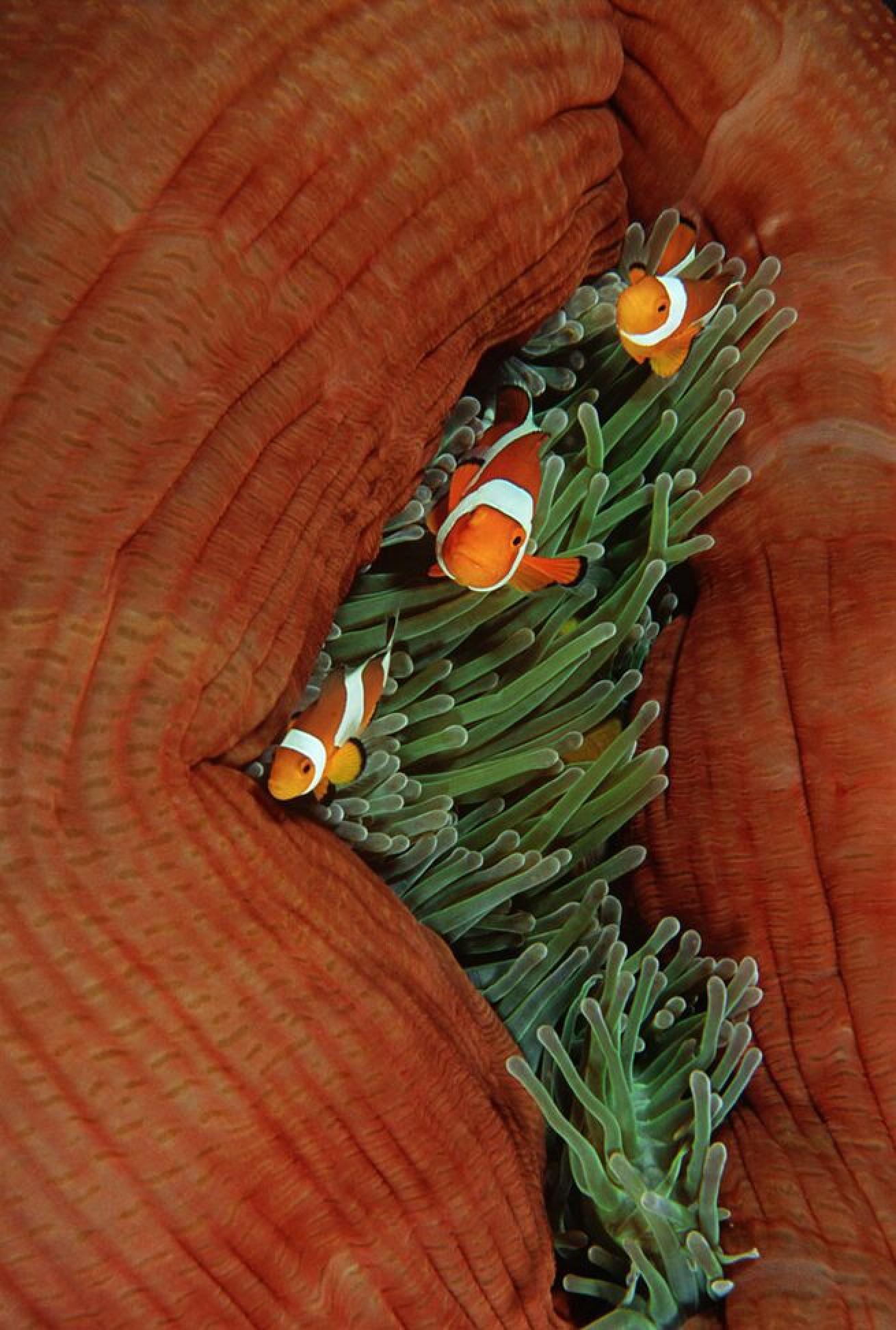
ThinkstockFull House
One anemone can house a large female clownfish, her male mate and several smaller male anemonefish.
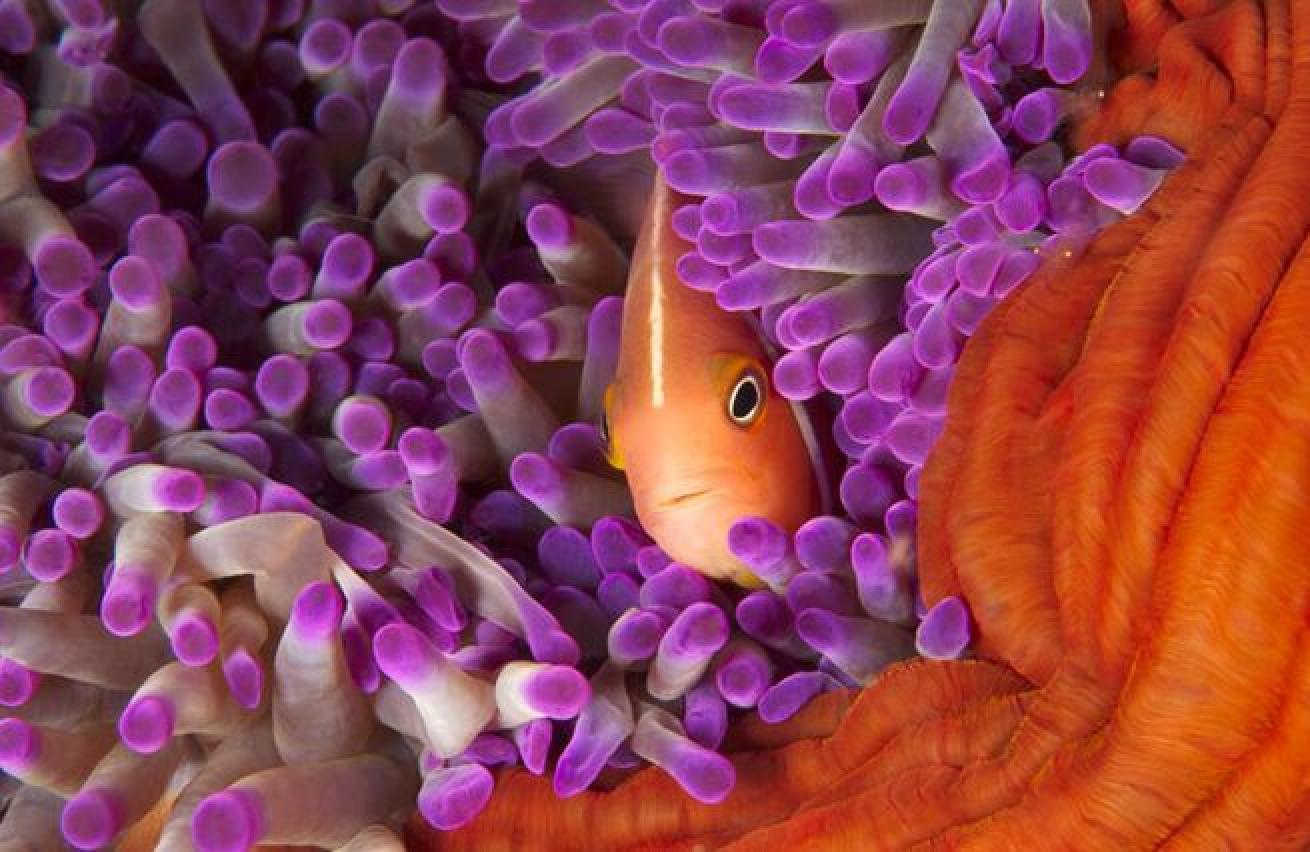
ThinkstockCan't Touch This
A layer of mucus protects the fish from the deadly sting of the anemone and allows them seek protection from predators in the tentacles.
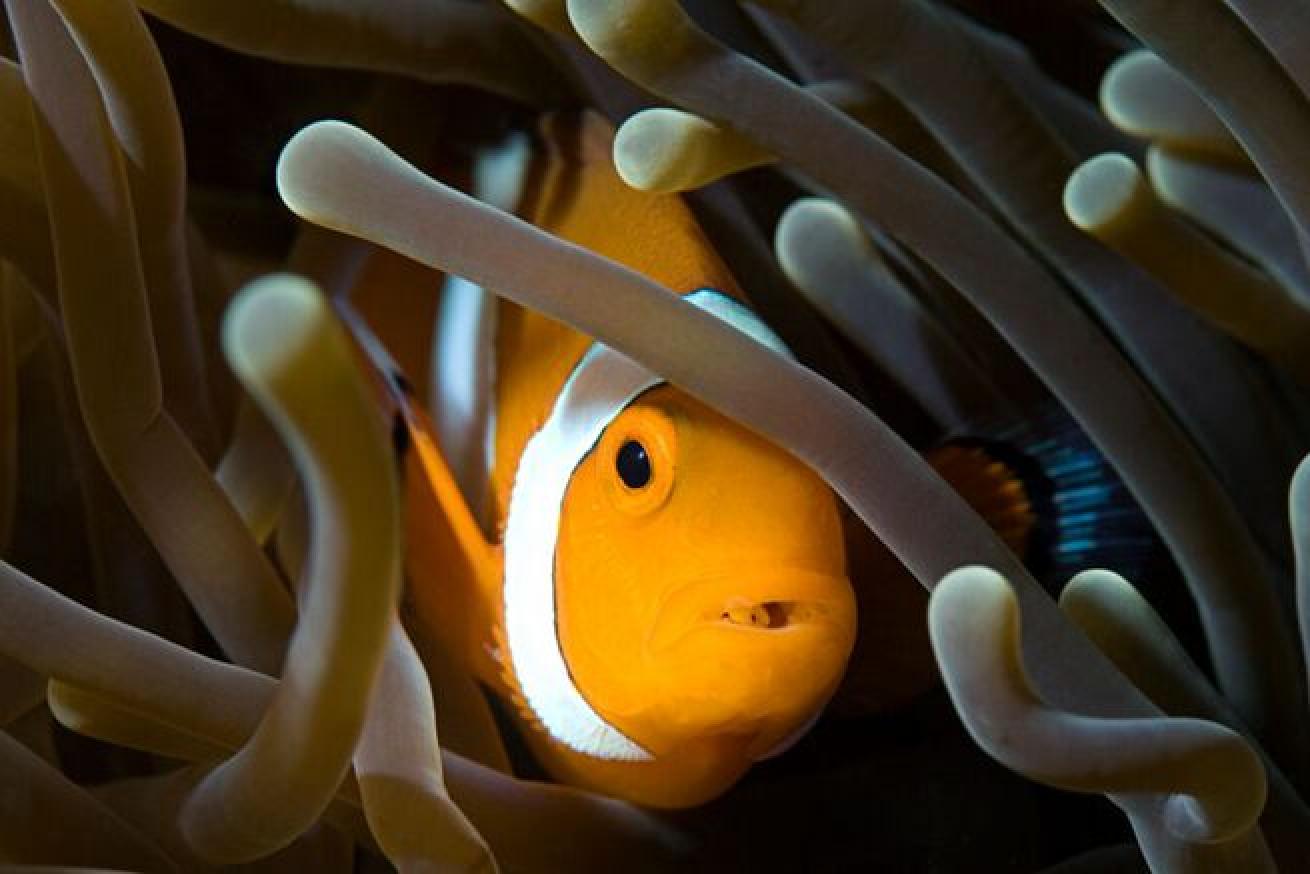
ThinkstockFeeding Time
A large portion of their diet consists of algae but they also consume meat. Anemonefish help keep the anemone clean by eating any left over fish in the tentacles.

ThinkstockBuying Frenzy
Following the release of the success of Finding Nemo, the population numbers for anemonefish in the wild diminished. According to a study conducted by the University of Cumbria in 2008, anemonefish population numbers fell by 75 percent in some areas and reefs.
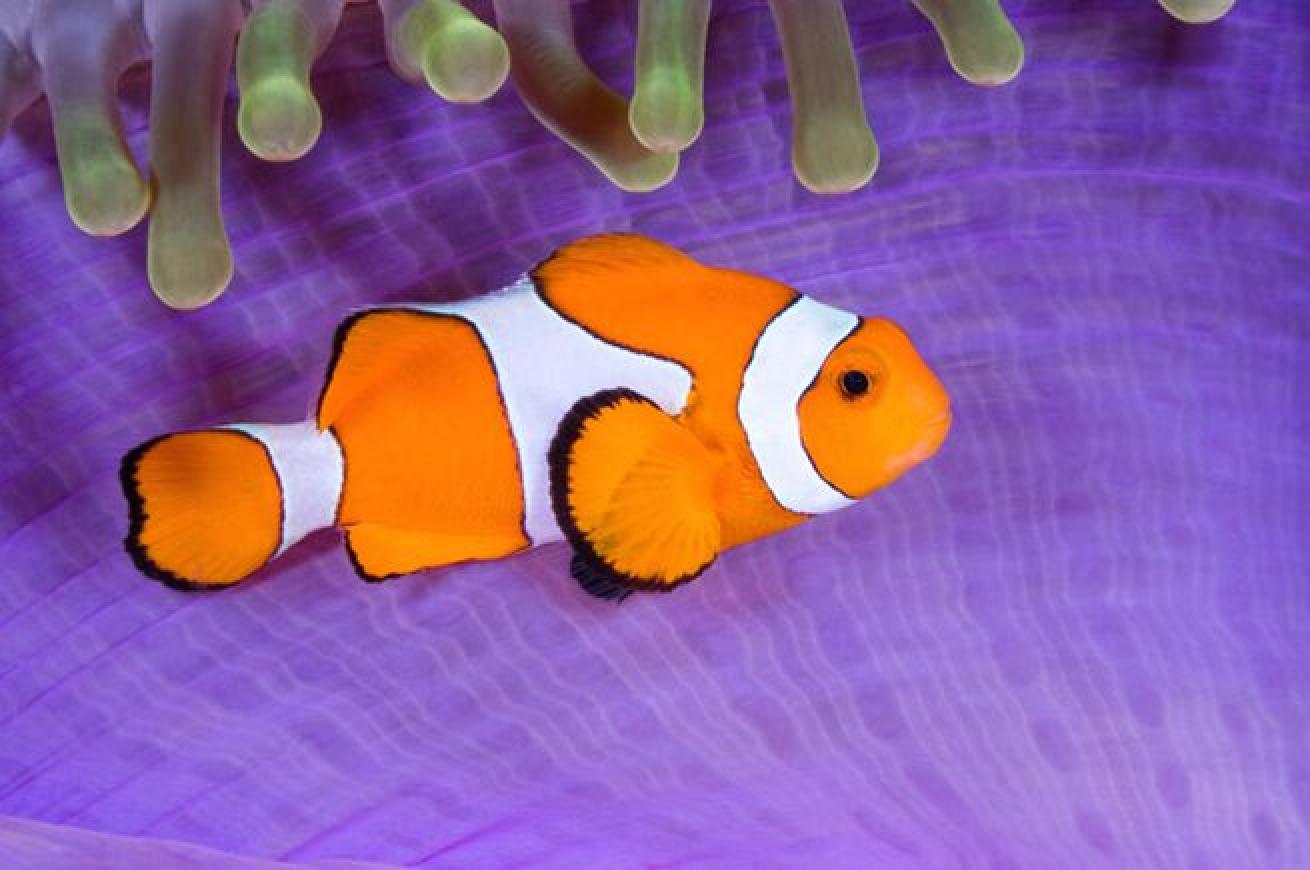
ThinkstockFalse fish
The species of anemonefish that Nemo was modeled after is the percula or “false” clownfish. This type is easily recognized with an all orange body outlined in black, with three white stripes.

ThinkstockNesting Time
When the time comes for mating, anemonefish will lay their eggs in large batches either hundreds or thousands—depending on the species. The prime location for a nest is on a nearby flat surface where the male will guard the eggs for 6-10 days before they hatch.
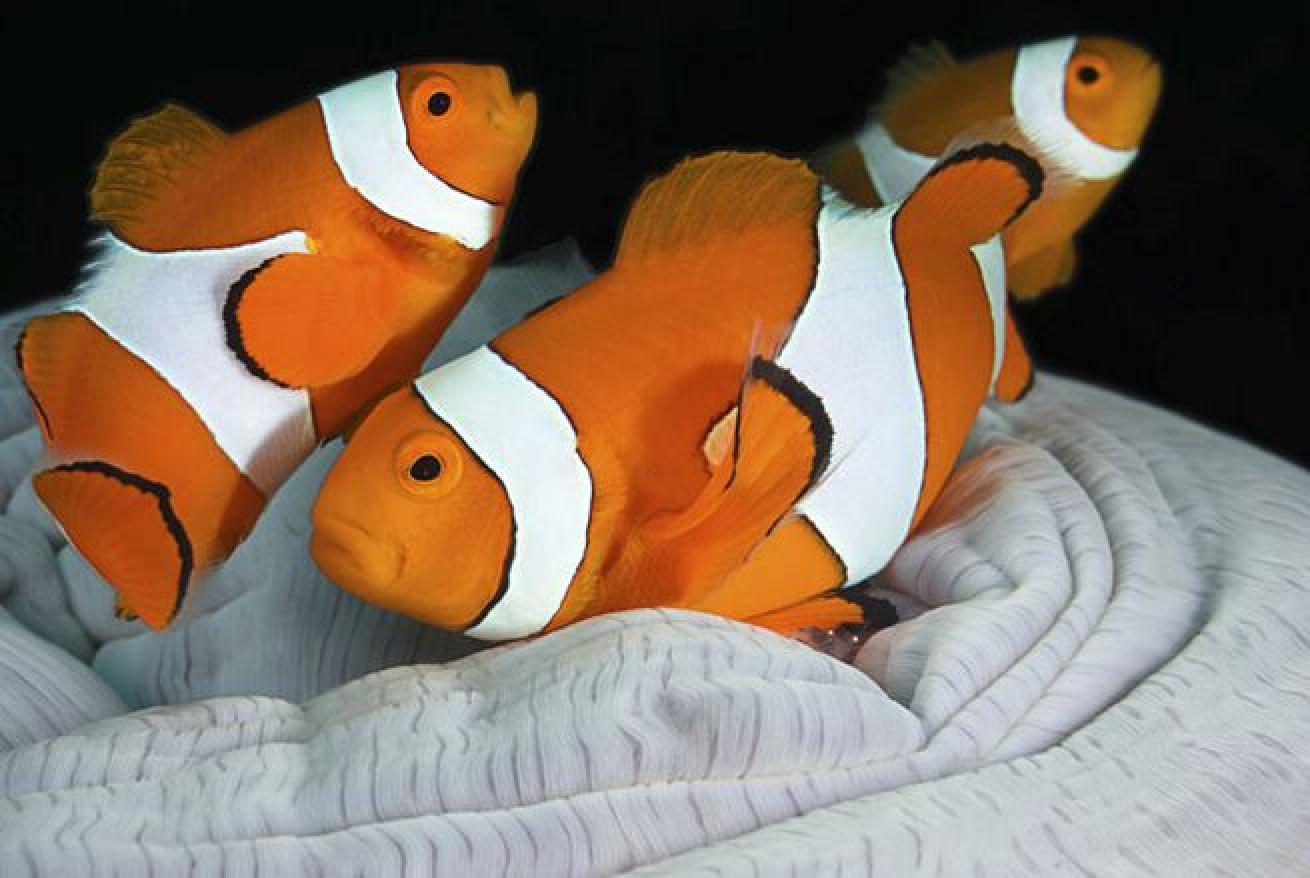
ThinkstockDudes
All anemonefish are born male. When the female of the group dies, the strongest male makes the switch to female and becomes the dominant one in the group.
Most people think they know everything there is to know about clownfish from watching a movie, but not all orange fish are named Nemo. Although the popularity of the clownfish or anemonefish skyrocketed with the success of the 2004 film Finding Nemo, how much do we really know about this colorful species?
These reef dwellers are tricky to find outside of their natural habitat. They tend to stay close to the anemone they are born near and rarely travel beyond reef. More and more of the species is being bred in captivity for people looking to add them to their aquariums. We like them best in the wild, where they can “just keep swimming.”
Related Reading: The Enduring Anemone-Clownfish Connection





